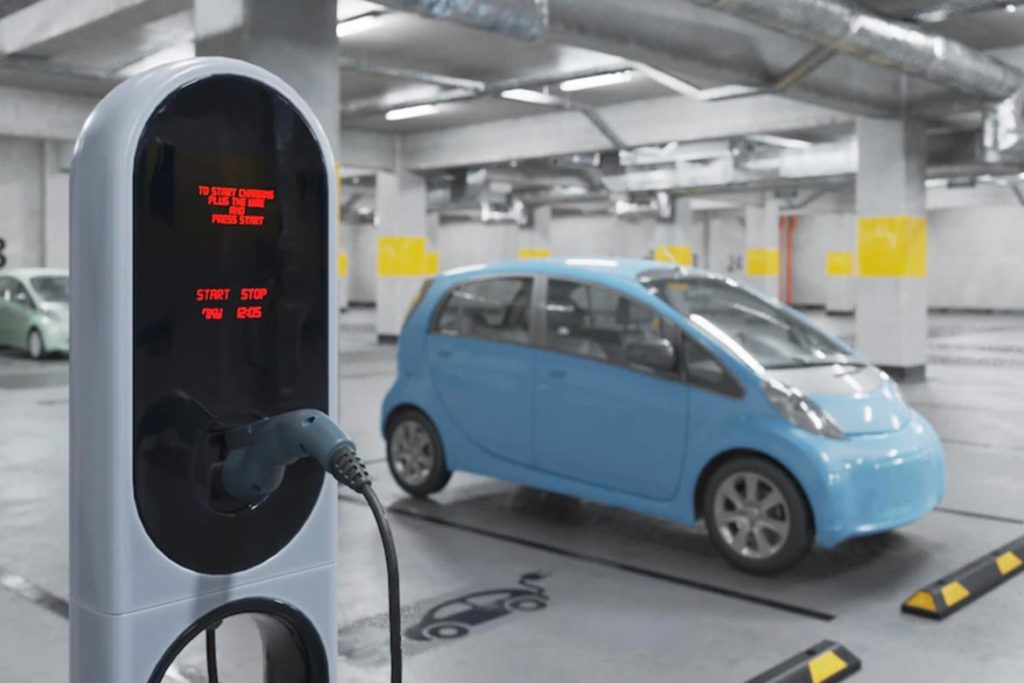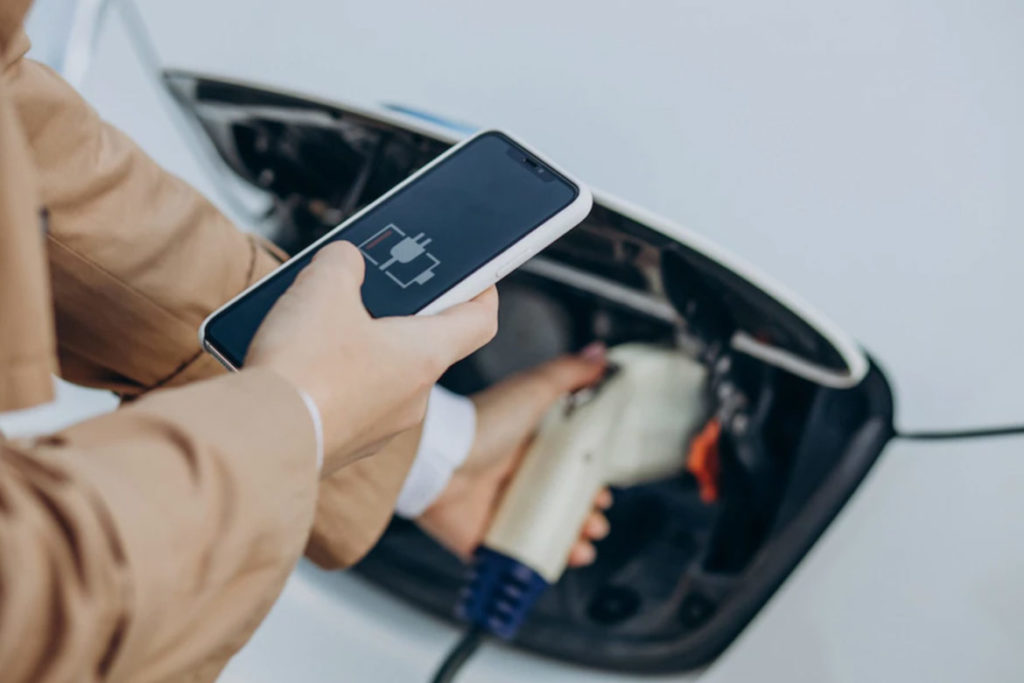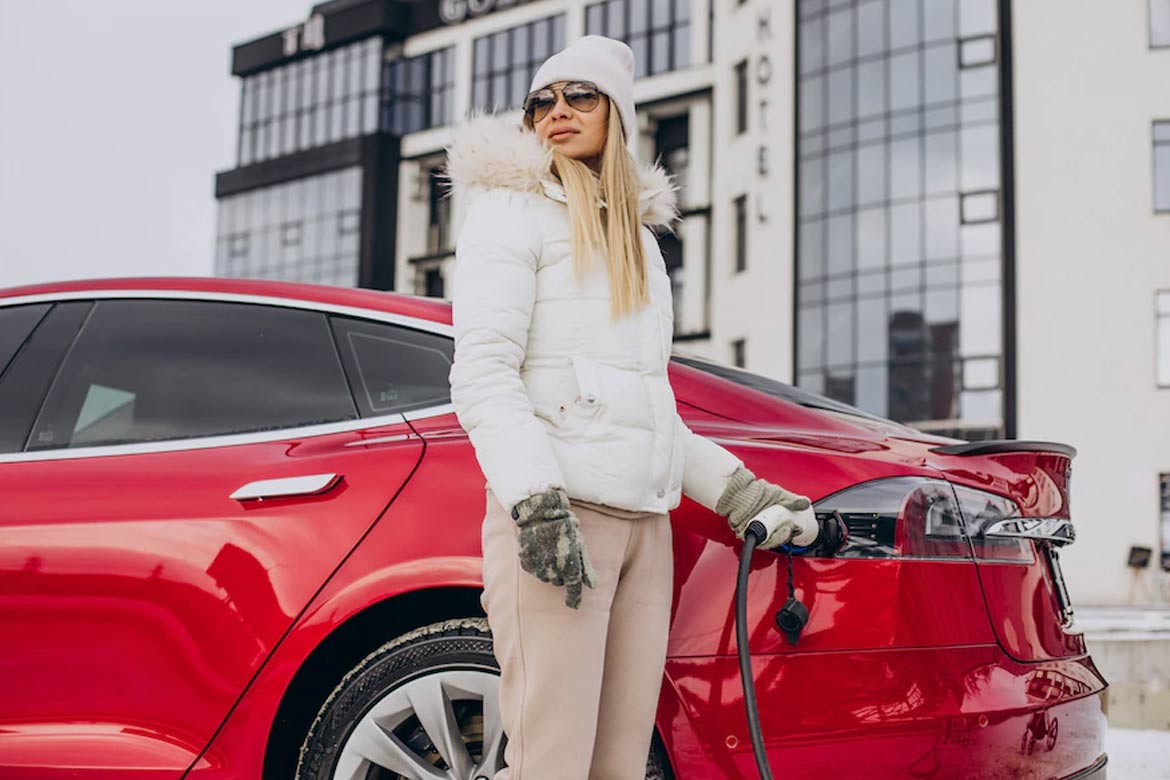Over the last decade, there has been a surge in interest in electric cars. Bordering on appreciation, Carmakers that were once sceptical of electric cars are now investing billions in their production. This is primarily due to the ability of battery electric vehicles (BEVs), which are powered entirely by electricity, to reduce transportation-related greenhouse gas emissions as well as petroleum usage by substituting electricity for gasoline as the fuel source. Early electric vehicles (EVs) used lead-acid batteries, but lithium-ion (Li-ion) batteries now predominate. Lithium-ion batteries are the preferred choice of EV manufacturers and customers due to their relatively high specific energy, high power density, and low self-discharge rate.
However, there are some barriers to widespread use of these vehicles. Aside from price, range anxiety is a significant factor influencing consumer willingness to switch to EVs. At the same time, temperature has a significant impact on battery performance. Low temperatures not only reduce the available energy output and power of the battery, but they can also cause permanent degradation. The internal resistance of the battery increases during the colder months, reducing the amount of power that can be drawn from it. Increased electrolyte viscosity and lithium plating are two other factors that contribute to poor battery performance in extreme cold. However, if proper precautions and care are taken at the appropriate time, these disadvantages can be mitigated. Because no one wants their vehicle to break down in any season, especially in winter season, here are some general EV maintenance tips for the winter season:
In the winter, do not leave your EV out in the open

The lithium-ion battery is an EV’s heart. It stores energy and releases it when needed. However, lithium-ion batteries tend to underperform in low temperatures because the internal resistance of the cells increases, limiting the rate of transfer capacity, resulting in faster depletion and longer recharge times.
To avoid this, you must protect your vehicle from prolonged exposure to high temperatures. If possible, avoid parking your electric vehicle in the open, as cold weather can reduce battery capacity and overall life. If you only have outdoor parking, try to keep some of the chill out by covering it at night.
While charging, pre-heat the cabin
Given the reduced battery capacity in the winter, it would be more efficient to preheat the cabin while it is plugged into the charger rather than draining your range while driving. The additional load of using the EV’s heater can also have an impact on the battery’s overall longevity. Furthermore, if your EV has heated seats, you should use them rather than the AC, which uses more energy to warm up more of the cabin.
Reduce your reliance on fast chargers

Read more: EV is the future! 6 business ideas in EV sector
Frequent fast charging is never good for lithium-ion batteries, and it gets even worse in cold weather. Avoid quick charging as much as possible in the winter because the high current flow may have a negative impact on your battery’s overall capacity due to the high resistance caused by temperature drop. Even though the current itself is not affected by temperature, the chemical process of storing and deploying it is. Fast chargers, on the other hand, can be used after a long run or when the battery is nice and warm.
Increase the amount of regenerative braking you use
Increase the level of regenerative braking to compensate for the reduced range caused by reduced battery capacity due to the cold. The highest level of brake regeneration is usually accompanied by a different driving experience in which the car decelerates aggressively every time you take your foot off the accelerator and car. It may take some getting used to, especially given our traffic. The advantage is the extra kilometres of range that you would not have had in the winter. It works on the principle of “the more you brake, the more you gain,” converting kinetic energy into electrical energy, which is then stored in the battery.
Don’t let it fall below 20%

Allowing your car’s battery to drop below 20% is the best defence against cold weather. Draining the battery below this level risks causing it to reverse cycle, which means it will gradually lose its charging capacity, especially in cold weather. As previously stated, when the temperature is low, the internal resistance of the cell is already high, which can have a negative impact on the battery if the charge is too low.
Examine your tyres
Tyre pressure decreases naturally by one pound per square inch (PSI) for every ten-degree drop in ambient temperature. The lower the PSI of your tyres, the colder it gets. So, before the snowstorm hits, make sure your tyres are properly inflated as recommended by your vehicle manufacturer, the tread is in good condition with no irregular wear, and the rubber is in good condition. It should be noted that tyre rubber degrades over time, and older tyres must be replaced even if they are strong enough to roll your vehicle. Regardless of the season, check your tyres at least once a month and always before a long-distance drive.

